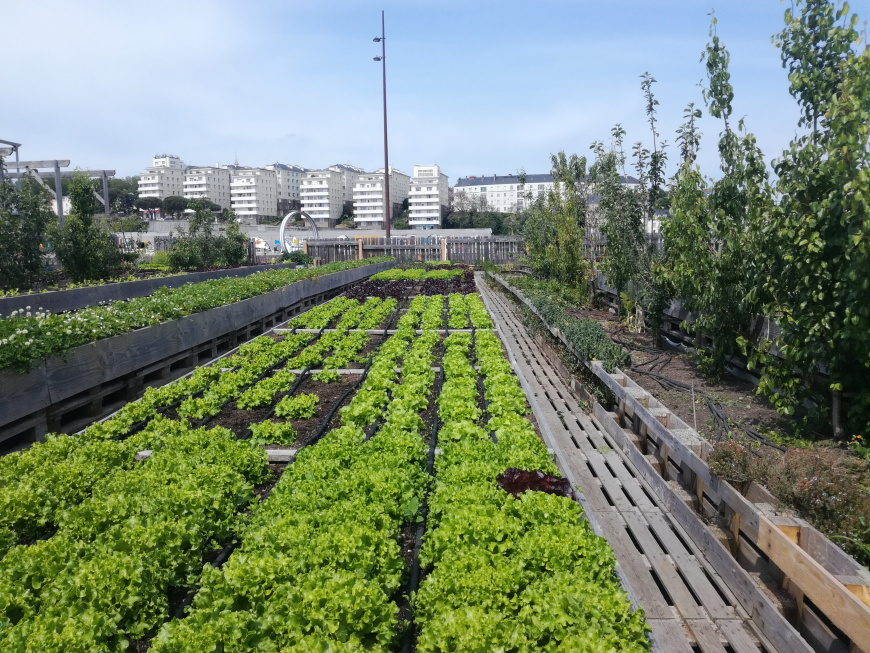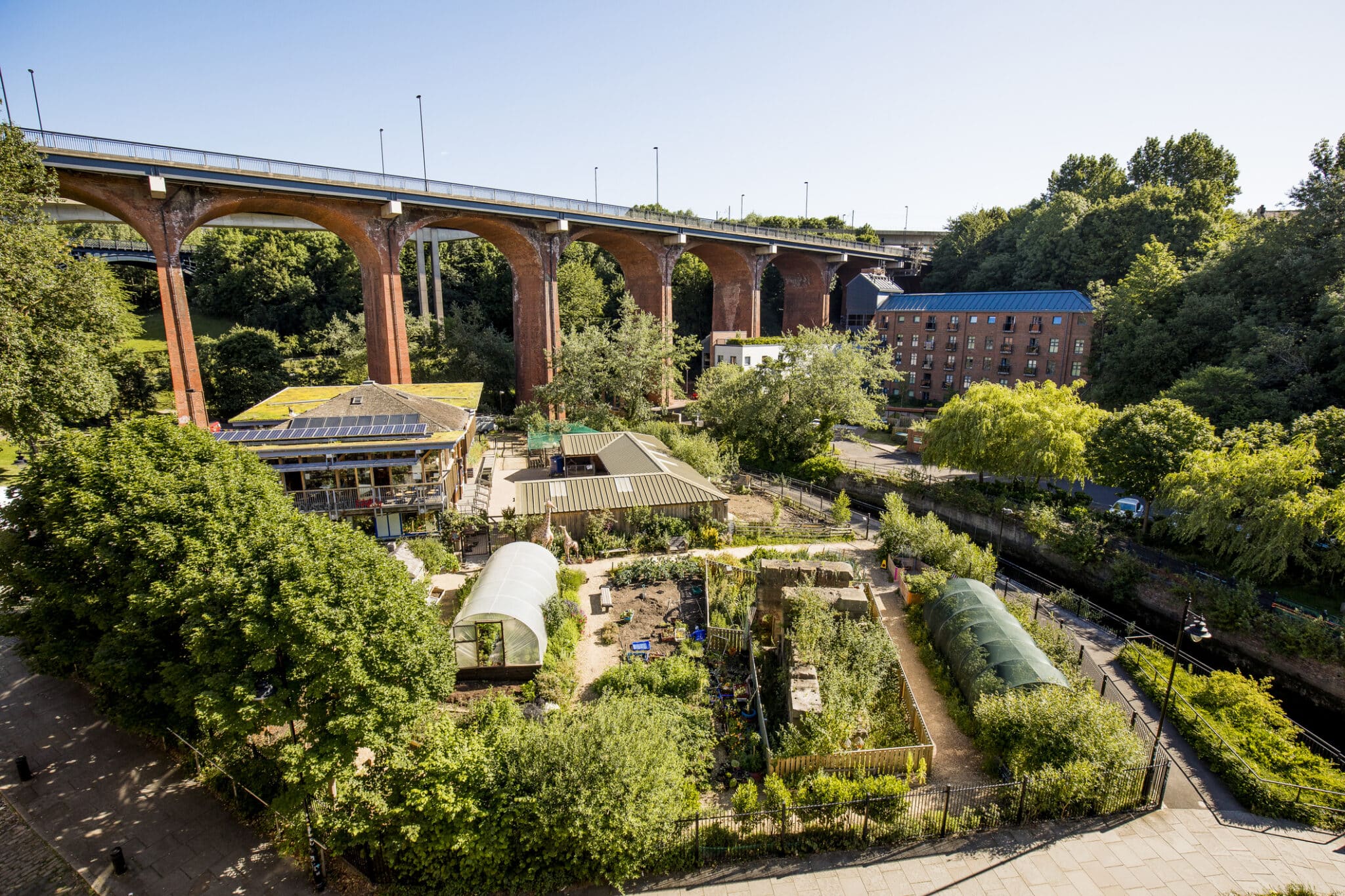City Blooming for Dummies
City Blooming for Dummies
Blog Article
5 Simple Techniques For City Blooming
Table of ContentsSome Known Incorrect Statements About City Blooming Get This Report about City Blooming5 Simple Techniques For City BloomingFacts About City Blooming RevealedRumored Buzz on City Blooming
Interested in expanding food for sale in the City of Chicago? Below is a checklist of often asked questions regarding the policies and regulations that farmers ought to consider when preparing a city agriculture task.
The zoning change does not change any type of various other codes managing composting, building licenses, buying or leasing City had residential or commercial property, business licenses or environmental contamination. There are existing codes that manage these problems and they continue to be in complete effect and may be relevant to your project. Neighborhood gardens are normally owned or handled by public entities, public companies or community-based companies and maintained by volunteers.
Urban ranches expand food that is intended to be sold, either on a not-for-profit or for-profit basis. Because of their industrial objective, urban farms call for a business permit. Yes. An area yard is enabled to market surplus create that was grown on site if the sales are accessory or subordinate to the garden's main objective defined above.
Rumored Buzz on City Blooming
Composting is enabled however only for plant product that is created and made use of on site. The amount of compost material can not go beyond 25 cubic lawns at any kind of offered time according to the requirements in 7-28-715 of the City's Municipal Code. Yes. Because the soil at a lot of new garden websites requires changing, compost, soil, timber chips, or various other products can be gotten to construct or enhance the growing area - indoor plants.

If a structure authorization is required after that the hoophouse will be thought about an accessory structure. You can learn even more about the building authorization needs by speaking to the Division of Buildings. The 25,000-square-foot dimension limitation is intended to avoid a solitary neighborhood yard from dominating a given block or interfering with the block's existing property or industrial personality.
The limit does not use to gardens located in Public Open Room (POS) districts. Can there be even more than one neighborhood yard that is 25,000 square feet on a solitary block? Fencing is not needed, nevertheless, yards that have large car park locations may be called for to install secure fencing or various other landscaping functions.
The Greatest Guide To City Blooming
B1 & B2 districts call for that all commercial usage activities be conducted indoors. R areas restrict business activity. The laws reflect the purpose and intent of the Zoning Code. Is secure fencing needed for urban farms? Yes. Fencings might be required, in addition to landscape design and testing, for sure vehicle parking locations and outdoor work or storage space areas depending upon place and the specific activity taking place.
Urban farms require structure licenses and zoning approvals prior to construction (indoor plants). Various other types of city review may be required depending on particular structures, tasks, dimension, landscaping, licensing, public health and stormwater administration issues.
Yes. The kind of certificate is determined by what is taking place at the site. The Department of Service Matters and Consumer Defense can assist figure out the specific kind of business permit that's required. Yes. Off street parking is required for most business tasks in Chicago. The called for number of garage is based upon the variety of employees working on website and not the square video footage of the growing room.
The Best Guide To City Blooming

A city ranch can offer garden compost product created on website, nevertheless, the operation needs to conform with the laws in 7-28-715 of the Chicago Municipal Code. Aquaponic systems are permitted indoors on urban farms in numerous zoning districts.
As much as five hives or nests of honey might be maintained as an accessory use. Beekeepers must register with the Illinois Division of Farming. For more details about the proposed zoning amendment you may contact the Department of Real Estate and Economic Growth, Bureau of Planning and Zoning at 312.744.8563.
Farming in cities and metropolitan areas An urban ranch in Chicago. Urban farming describes different practices of cultivating. https://cityblooming.blog.ss-blog.jp/2024-06-27?1719472203, handling, and distributing food in city locations. The term likewise relates to the location tasks of animal husbandry, tank farming, beekeeping, and cultivation in a city context. Urban farming is differentiated from peri-urban farming, which happens in rural areas at the edge of suburbs.
Some Known Questions About City Blooming.
, who look for to create social networks started on a shared ethos of nature and area holism. These networks can establish by means of official institutional assistance, ending up being incorporated right into regional community preparation as a "transition community" activity for sustainable urban development.
The a lot more direct access to fresh vegetable, fruit, and meat products that might be understood through metropolitan farming can improve food security and food safety while reducing food miles, leading to lower greenhouse gas discharges, therefore contributing to environment adjustment reduction. Some go to the website of the initial proof of city agriculture comes from Mesopotamia.
Report this page